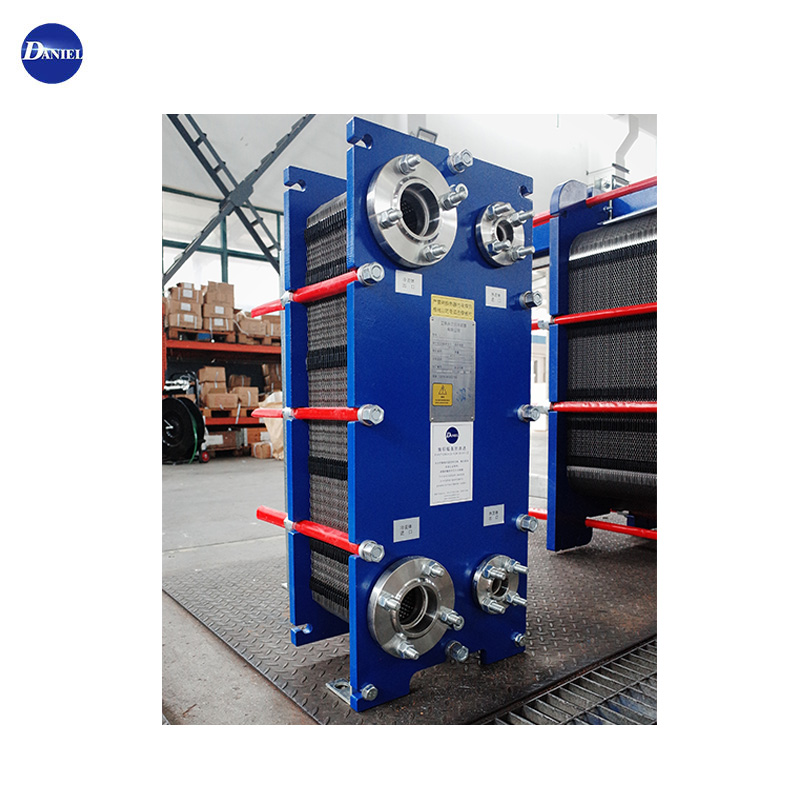Plate Heat Exchangers: Compact Efficiency for Thermal Management
2025-07-08
In industries ranging from HVAC to food processing, plate heat exchangers have become the preferred solution for efficient heat transfer. These innovative systems use stacked metal plates to transfer thermal energy between fluids, offering superior performance in a remarkably small footprint compared to traditional shell-and-tube designs.

What Makes Plate Heat Exchangers So Effective?
Their secret lies in the large surface area created by the corrugated plate pattern, which maximizes heat transfer while maintaining turbulent flow for optimal efficiency. The modular design allows for easy capacity adjustment - simply add or remove plates as needed. This flexibility, combined with their space-saving design, makes them ideal for applications where real estate is at a premium.
Modern versions feature advanced gasket materials that withstand extreme temperatures and corrosive fluids, while some models employ laser-welded plates for completely leak-proof operation. From district heating systems to marine engine cooling, plate heat exchangers deliver reliable performance with minimal maintenance requirements.
As energy efficiency becomes increasingly critical, these compact heat transfer systems continue to gain popularity, proving that smart engineering can achieve more with less material and space. Their widespread adoption across industries demonstrates how intelligent design can solve multiple challenges simultaneously - reducing both equipment size and energy consumption while improving thermal performance.


